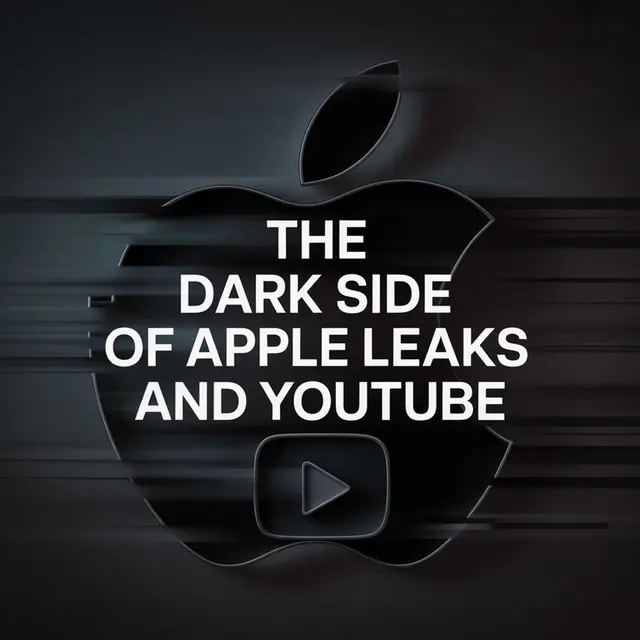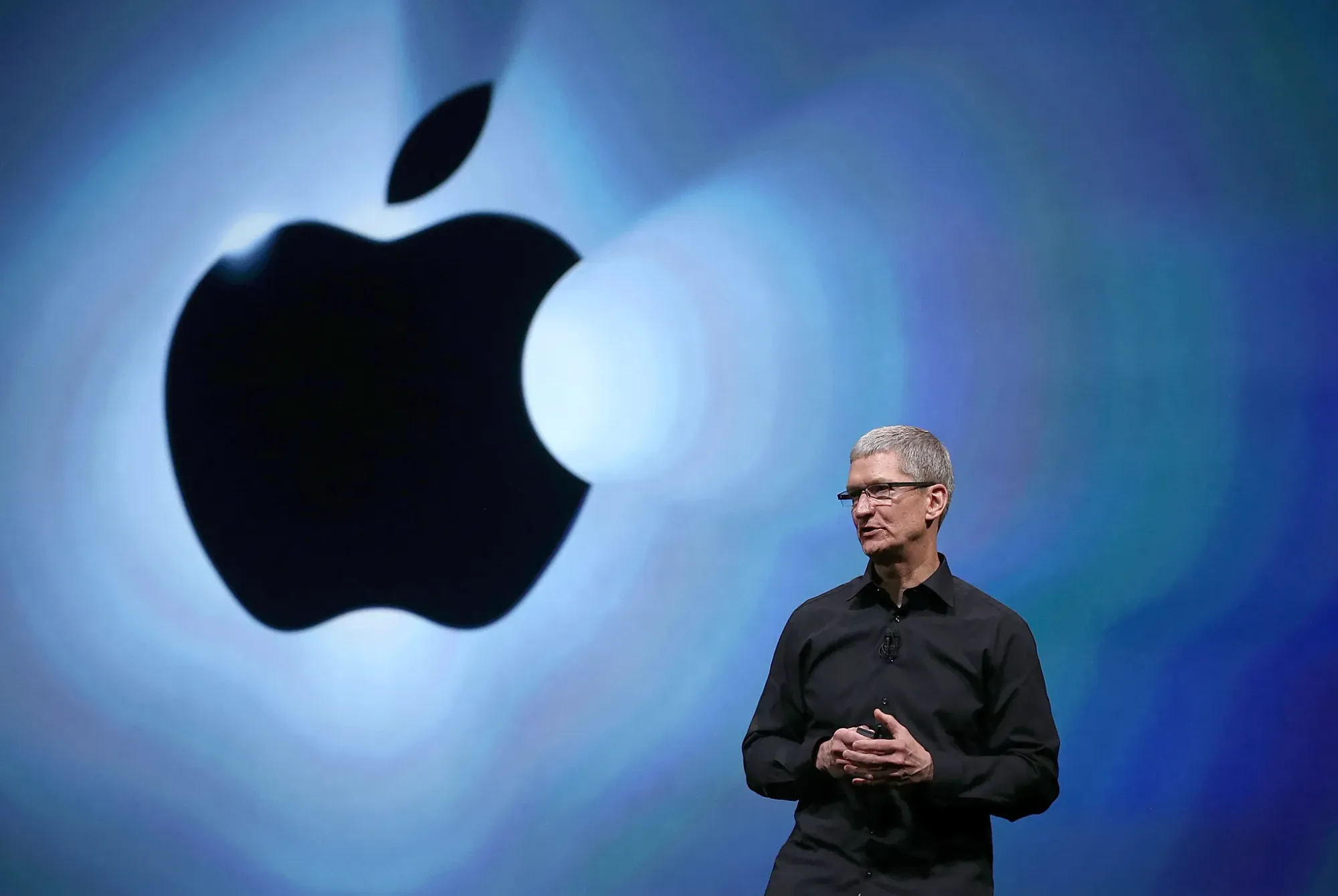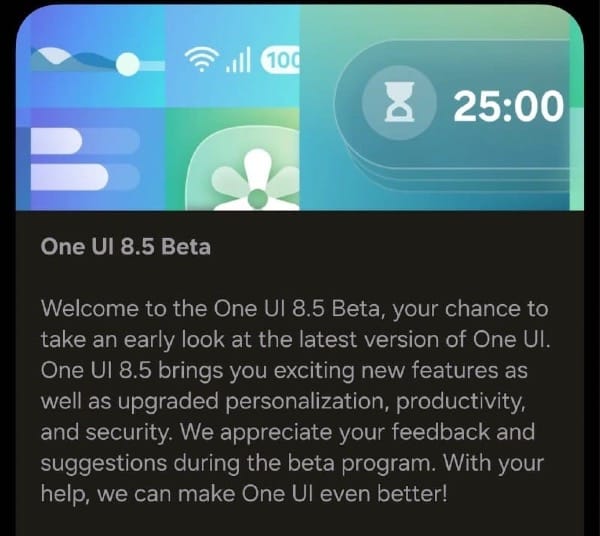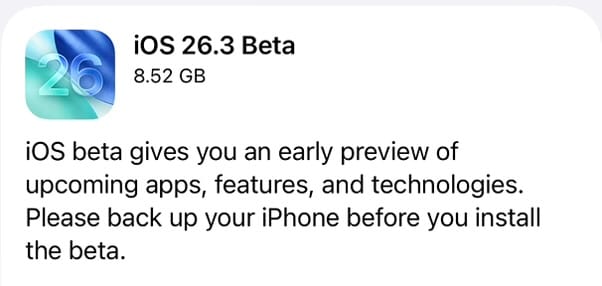In a dramatic escalation of its efforts to protect trade secrets, Apple has filed a lawsuit against prominent tech YouTuber Jon Prosser and his associate Michael Ramacciotti, accusing them of orchestrating a scheme to steal confidential information about iOS 26. Filed on July 17, 2025, in the U.S. District Court for the Northern District of California, the case alleges misappropriation of trade secrets and violations of the Computer Fraud and Abuse Act. This legal action has sent shockwaves through the tech community, raising questions about the ethics of leaking, the boundaries of tech journalism, and Apple’s aggressive stance on secrecy. Let’s explore how we got here, the potential impacts, and why this case is a pivotal moment for the industry.
How We Got Here: The iOS 26 Leak Timeline
Jon Prosser, known for his YouTube channel Front Page Tech and Genius Bar podcast, has built a reputation as a prolific leaker of Apple’s unreleased products and software. His leaks often generate significant buzz, offering fans early glimpses into Apple’s tightly guarded ecosystem. In early 2025, Prosser began sharing details about what was then presumed to be iOS 19, later revealed as iOS 26 at Apple’s Worldwide Developers Conference (WWDC) in June 2025. The leaks included:
- January 2025: Prosser released a video showcasing a redesigned Camera app with simplified buttons for switching between photo and video modes. While not identical to the final version, the minimalist design hinted at the broader “Liquid Glass” aesthetic.
- March 2025: On his Genius Bar podcast, Prosser revealed a revamped Messages app featuring round navigation buttons and rounded keyboard corners.
- April 2025: Prosser dropped what he called “the biggest iOS leak ever,” detailing the Liquid Glass redesign with glass-like visuals, pill-shaped tab bars, updated scroll animations, and circular app icons. While some details were off, the leaks were “directionally accurate,” closely resembling iOS 26’s final build.
These leaks, while exciting for Apple enthusiasts, caught the company’s attention for their accuracy and the method by which the information was allegedly obtained. According to Apple’s lawsuit, Prosser and Ramacciotti conspired to access a development iPhone belonging to Ethan Lipnik, a former Apple software engineer. The complaint outlines a calculated scheme:
- The Alleged Plot: Ramacciotti, a friend of Lipnik, was staying at Lipnik’s apartment. Apple claims Ramacciotti used location-tracking to determine when Lipnik would be away for an extended period, acquired Lipnik’s iPhone passcode, and accessed the device running a developmental version of iOS 26. During a FaceTime call, Ramacciotti allegedly showed Prosser the unreleased software, which Prosser recorded using screen-capture tools.
- The Fallout: Apple was tipped off on April 4, 2025, by an anonymous email claiming to have recognized Lipnik’s apartment in a video Prosser shared privately. Ramacciotti reportedly sent an audio message to Lipnik, admitting to the scheme and implicating Prosser as the mastermind who promised compensation or future job opportunities. Lipnik, who failed to secure the device per Apple’s policies, was fired.
Prosser has denied these allegations, stating on X on July 18, 2025, that he “did not ‘plot’ to access anyone’s phone” and was “unaware of how the information was obtained.” He claims to have “receipts” to support his version of events and expressed regret over Lipnik’s termination, wishing Apple had contacted him directly.
Why This Is a Big Deal
Apple’s lawsuit against Prosser is not just about one leaker or one operating system—it’s a high-stakes battle with far-reaching implications for the tech industry, journalism, and the culture of leaks.
1. Apple’s Aggressive Stance on Secrecy
Apple is renowned for its secrecy, which it views as a competitive advantage. The company invests heavily in safeguarding unreleased products, using identifiers in development software to trace leaks and enforcing strict policies for employees. The iOS 26 leaks, which revealed the Liquid Glass redesign months before WWDC, gave competitors like Google and Samsung advance insight into Apple’s software plans, potentially undermining its market edge. Apple’s decision to pursue legal action under the Defend Trade Secrets Act and the Computer Fraud and Abuse Act signals a zero-tolerance policy for leaks, especially when they involve unauthorized access to company property.
This case follows a precedent set earlier in 2025, when Apple settled with former engineer Andy Aude over similar trade secret violations. Aude described his leaks as a “profound and expensive mistake,” highlighting the company’s willingness to take legal action against insiders and outsiders alike.
2. The Ethics of Leaking vs. Journalism
Prosser’s role as a leaker blurs the line between journalism and corporate espionage. While leaks are a staple of tech media, Apple argues that Prosser and Ramacciotti’s actions—allegedly accessing a secured device without permission—crossed legal and ethical boundaries. The lawsuit claims Prosser profited from ad revenue by sharing trade secrets, causing “irreparable harm” to Apple’s competitive position.
Critics of the lawsuit argue that targeting a YouTuber could have a chilling effect on tech journalism. Legal experts suggest that aggressive legal actions like this may deter journalists and influencers from reporting on leaks, fearing costly lawsuits. Conversely, others argue that Prosser’s alleged methods, if true, go beyond traditional reporting and constitute deliberate theft.
3. Cultural Impact on the Tech Community
Leaks are a double-edged sword: they fuel public excitement but disrupt the carefully orchestrated hype cycles tech companies rely on. Apple’s lawsuit could reshape the leak ecosystem, making sources more cautious and potentially reducing the flow of early information. However, it may also backfire, as the publicity surrounding the case could amplify interest in leaks, encouraging others to follow in Prosser’s footsteps.
Potential Outcomes for All Parties
The lawsuit’s outcome will have significant consequences for Apple, Prosser, Ramacciotti, Lipnik, and the broader tech ecosystem. Here are the possible scenarios:
For Apple
- Victory: If Apple wins, it could secure an injunction preventing Prosser and Ramacciotti from disclosing further trade secrets, along with unspecified monetary and punitive damages. The company estimates financial losses exceeding $5,000 over a year due to the leaks. A win would send a strong message to leakers and reinforce Apple’s control over its intellectual property. It could also set a legal precedent for prosecuting tech leakers under U.S. trade secret laws.
- Loss or Settlement: If Apple loses or settles, it risks emboldening leakers, as the case’s high profile could highlight the difficulty of proving trade secret misappropriation. A settlement, like the one with Andy Aude, might keep details private but could be seen as a tacit admission that Apple’s case isn’t airtight.
- Ongoing Risk: Apple notes that Lipnik’s development iPhone contained additional unreleased features, raising concerns that Prosser or Ramacciotti may still possess confidential material. A failure to secure an injunction could lead to further leaks, damaging Apple’s fall 2025 product launches.
For Jon Prosser
- Legal Consequences: If found guilty, Prosser could face significant financial penalties, including damages and legal fees, which could strain his resources as an independent content creator. An injunction would limit his ability to report on Apple leaks, potentially diminishing his influence in the tech space.
- Reputation Impact: Prosser’s denial and claim of “receipts” suggest he believes he can challenge Apple’s narrative. A successful defense could bolster his credibility among fans, positioning him as a victim of corporate overreach. However, if the court validates Apple’s claims, his reputation as a trusted leaker could suffer, and he may lose industry sources.
- Career Pivot: Prosser’s regret over Lipnik’s termination and his willingness to engage with Apple indicate a desire to mitigate fallout. He may shift away from leaks toward more traditional tech commentary to avoid further legal scrutiny.
For Michael Ramacciotti
- Legal Liability: As the alleged facilitator of the breach, Ramacciotti faces similar risks of damages and injunctions. His reported admission to Lipnik, via an audio message, could weaken his defense, especially if forensic evidence supports Apple’s claim of premeditated access.
- Professional Fallout: Ramacciotti’s role as a product analyst and video editor at NTFTW could be jeopardized, and his association with the case may limit future job opportunities in tech.
For Ethan Lipnik
- Career Damage: Lipnik, already fired for failing to secure the development iPhone, faces long-term career challenges. His termination reflects Apple’s strict policies, and the public nature of the case may deter other tech companies from hiring him.
- Potential Legal Exposure: While not a defendant, Lipnik’s failure to report the breach immediately could expose him to further scrutiny, though Apple’s focus remains on Prosser and Ramacciotti.
For the Tech Ecosystem
- Chilling Effect: A successful lawsuit could discourage leakers and journalists from sharing unverified information, reducing the volume of pre-release scoops. This might benefit Apple’s secrecy but limit public access to early product insights.
- Increased Scrutiny: Tech companies may adopt stricter security measures, such as enhanced device tracking or employee monitoring, to prevent similar incidents. Conversely, the case could inspire leakers to develop more sophisticated methods to avoid detection.
- Legal Precedent: A ruling in Apple’s favor could strengthen the application of the Defend Trade Secrets Act and Computer Fraud and Abuse Act in tech leak cases, particularly for U.S.-based incidents, giving companies more legal tools to combat leaks.
Future Impacts
The Apple-Prosser lawsuit could reshape the tech industry in several ways:
- Shift in Leak Culture: The case may push leakers toward anonymity or offshore operations to avoid U.S. legal jurisdiction. Alternatively, it could drive more ethical reporting, with journalists relying on publicly available or legally obtained information.
- Corporate Transparency: As public interest in leaks persists, companies like Apple may face pressure to be more transparent about product roadmaps to reduce the allure of leaks. This could lead to controlled disclosures or earlier teasers, as seen with some Android manufacturers.
- Journalistic Ethics: The lawsuit highlights the need for clearer ethical guidelines in tech journalism. Industry organizations may push for standards distinguishing legitimate reporting from illicitly obtained leaks, protecting journalists while discouraging unethical behavior.
- Legal Precedents: The case’s outcome could influence how courts handle trade secret disputes in the digital age, particularly as content creators like YouTubers play a larger role in tech reporting. A broad ruling could impact not just Apple but other industries reliant on proprietary information.
Conclusion
Apple’s lawsuit against Jon Prosser and Michael Ramacciotti is a landmark case that underscores the tension between corporate secrecy and the public’s appetite for leaks. By alleging a coordinated scheme to steal iOS 26 trade secrets, Apple is drawing a line in the sand, signaling that it will pursue aggressive legal action to protect its intellectual property. For Prosser, the stakes are high—his career, reputation, and financial stability hang in the balance. For the tech community, the case raises critical questions about the ethics of leaking, the role of influencers in journalism, and the future of transparency in the industry.
As the case unfolds, all eyes will be on the Northern District of California’s courtroom. Will Apple’s legal muscle deter future leakers, or will the allure of breaking the next big scoop prove too strong? Regardless of the outcome, this lawsuit is a defining moment for the tech world, one that could reshape how we learn about the products that shape our lives.












Discussion